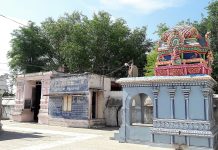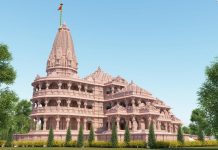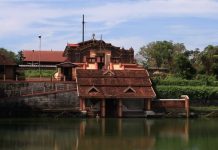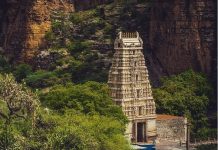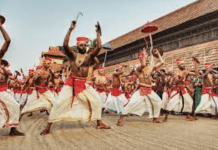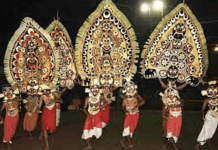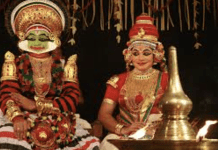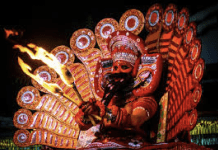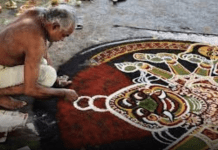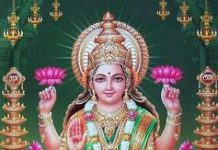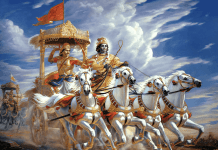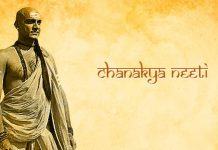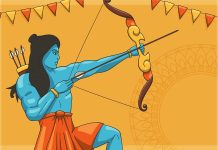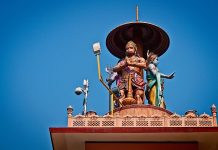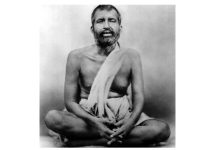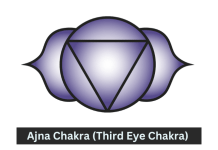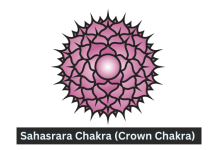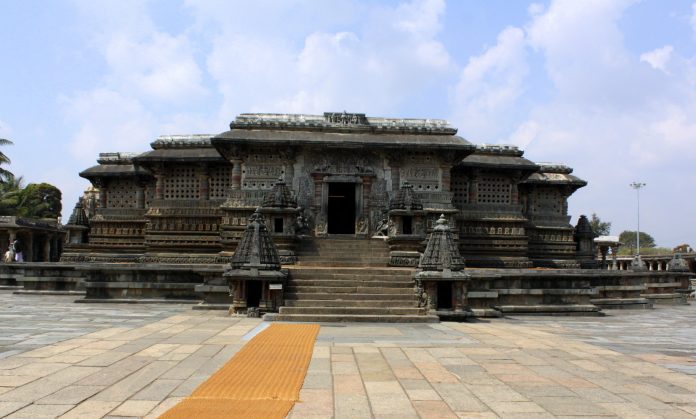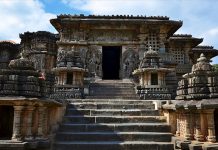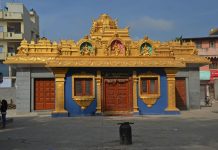The Chennakeshava Temple, also referred to as Keshava, Kesava or Vijayanarayana Temple of Belur, is a 12th-century Hindu temple in the Hassan district of Karnataka state, India.
History of Chennakesava Temple
The Belur temple was built by Vishnuvardhana in 1117 AD. It took 103 years to complete this architectural masterpiece by the three generations of the royal family. over 1000 artists were involved in creating this wonder on stone
The temple is dedicated to Lord Vishnu, known as Chennakesava, which means the beautiful (Channa) Vishnu (Keshava).
The temple was built to commemorate a major military victory by King Vishnuvardhana over the Cholas. According to another local belief, it was built in honour of Lord Vishnu for the conversion of King Vishnuvardhan from Jainism to Vaishnavism. King Vishnuvardhana was called Bittideva when he was a Jain, but under the influence of his guru, Sri Ramanujacharya, he converted to Hinduism. His queen Shantala Devi was a great patron of art, music and dance. She herself was a versatile Bharatanatyam dancer and was also known as Natyasamragyi or the queen of dance.
Gopuram of Chennakesava Temple
The huge temple is enclosed in a walled structure. The temple has two entrances. There is a huge five-story gopuram from the east. The main gate was destroyed by invaders from the Delhi Sultanate, which was later restored during the Vijayanagara Empire.
The lower part of Gopuram is made of hard stone, while the upper part is made of brick and mortar. It is rich in figures of goddesses and gods. There are two structures in the upper corners in the shape of cow horns, so there are five Kalashas or pots between the go-puram and two horns.
Main temple
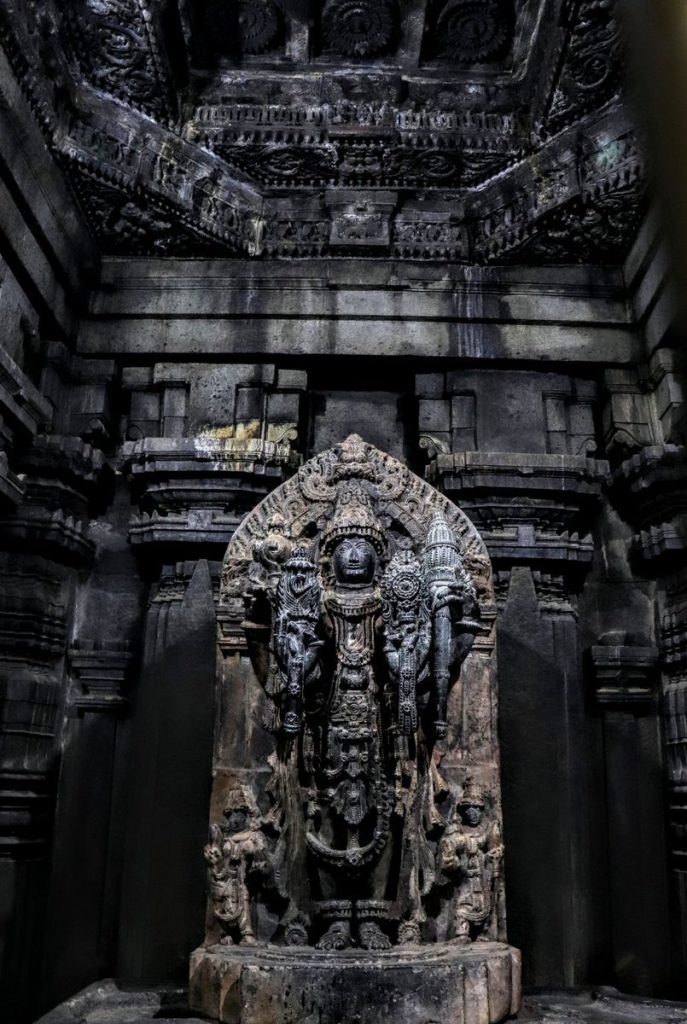
The main temple is a unique star-shaped structure located on a raised platform called the Jagati. The temple has a garbhagriha (inner sanctum), sukanasi (vestibule), and a navaranga mandapa. There used to be a vimana or shikhara made of brick and mortar supported by a piece of wood plated with gold leaf and gilt copper sheets. It had to be demolished in the early 19th century to save the inner sanctum.
The temple has three entrances in the east, north and south directions, through which the Navagraha mandapa can be entered. The temple is full of soapstone and intricate designs in its structure.
The entrance to the east is decorated with a Makara Torana. The upper panel of the main door shows ten incarnations or forms of Lord Vishnu. On either side of the gate are two huge Sala structures of Sala killing the tiger, which is the emblem of Hoysala. There are two small temples on either side of the symbol dedicated to Lord Vishnu. On the walls on each side of the east gate have the court scenes of King Vishnuvardhana on the left and his grandson Veer Ballala on the right.
The temple doors are also exquisitely carved with beautiful filigree work. There is a golden Dhwajastambha in front of the east gate towards Gopuram. In front of it, there is a beautifully carved structure of Garuda, which is the vehicle or Vahana of Vishnu.
The exterior walls of Chennakesava Temple.
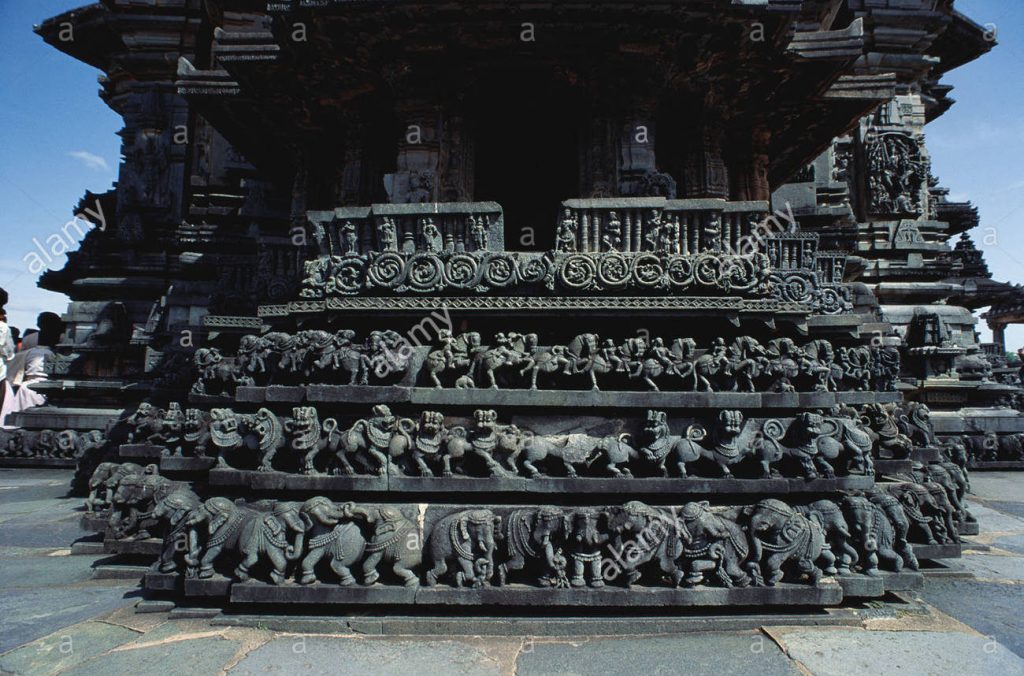
The outer walls of the main temple are carved with figures of animals, humans, gods and goddesses.
The walls of the Navrang Mandapa represent the social fabric, the Jeevatma, while the walls of the Garbhagriha represent the spiritual life and the stories of the Puranas, the Paramatma.
Every inch and corner of the outer wall of the temple is intricately carved and beautifully decorated. At the bottom of the wall has horizontal rows of carvings of elephants, lions, and small figurines ornamented sculptures with large-scale images. These images were engraved with a single stone with a stone interlocking system, which was sealed along the wall. A similar stone interlocking can be seen on the ceiling hanging eaves around the temple wall.
Inscription
On the eastern wall of the north gate of the temple are inscriptions in ancient Kannada about the elaborate structure, history, and donations to the temple. There are small temples of Lord Vishnu on either side of the entrance at the north and south gates to the Navranga mandapa.
Besides the main temple, there are many other beautiful temples and shrines in the complex. There are KKappe Chennigaraya Temple, Veernarayana Temple, Saumyanaki temple, Andal Temple, Kalyana Mantapa or the wedding hall, Deepastambha, kitchen, a water tank, and structures.
How to reach Shri Chennakeshava Temple
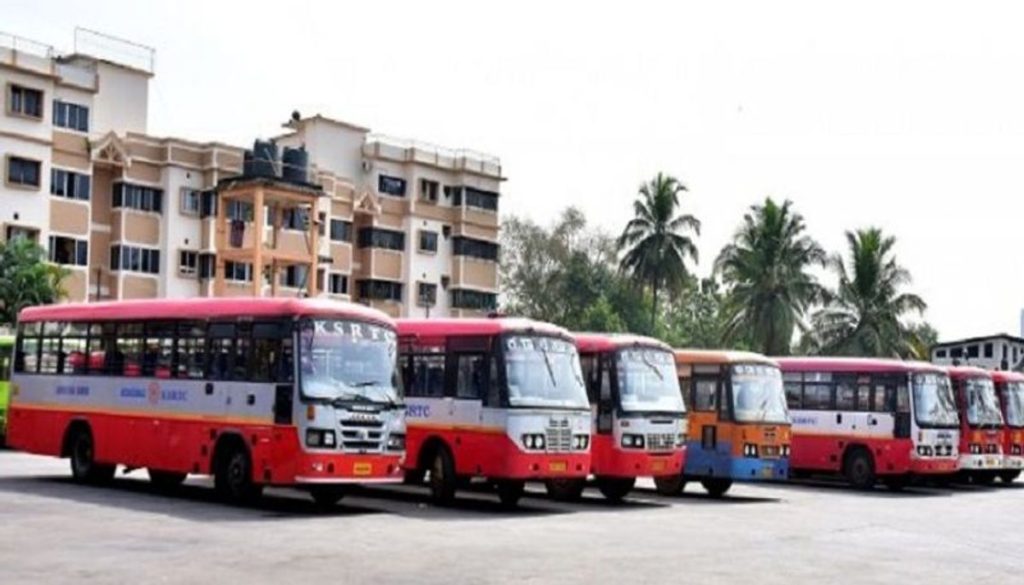
Reaching by Bus
Shivamogga Bus Terminal is the nearest major bus station, with buses to other cities. Halebidu Bus Stand (Halebeedu (City)) is a local bus stop with limited bus frequency.
Reaching by Train
Mangaluru Central Railway Station (MAQ) is the nearest major railway station.
Chikkamagaluru Railway Station (CMGR) is a local train station nearby, with limited railway connectivity.
Reaching by Air
Mangaluru Airport (IXE) is the nearest major international airport.

